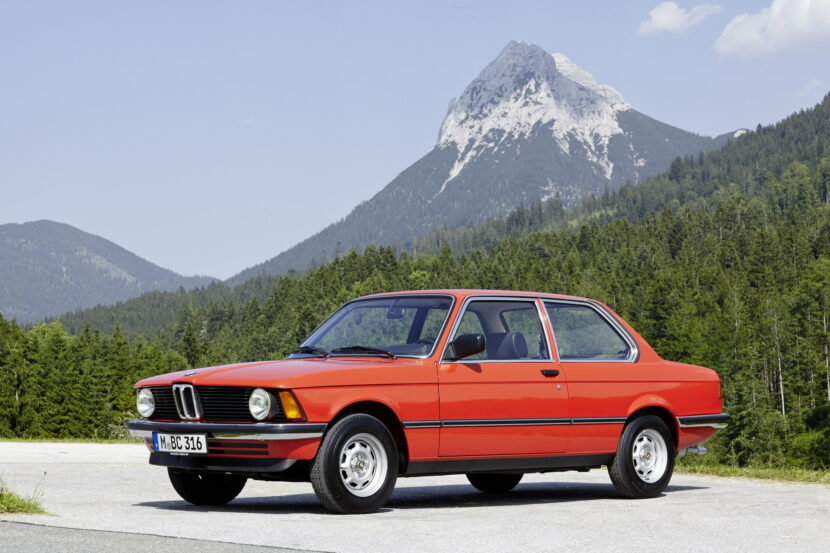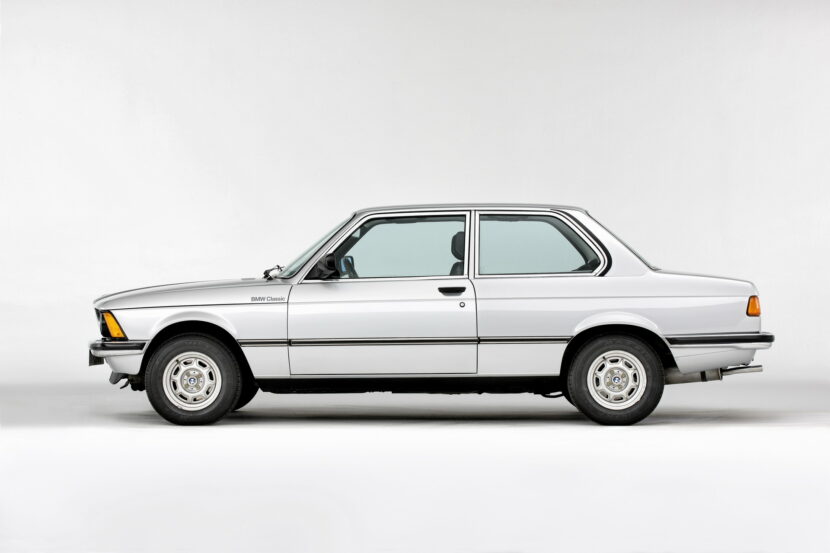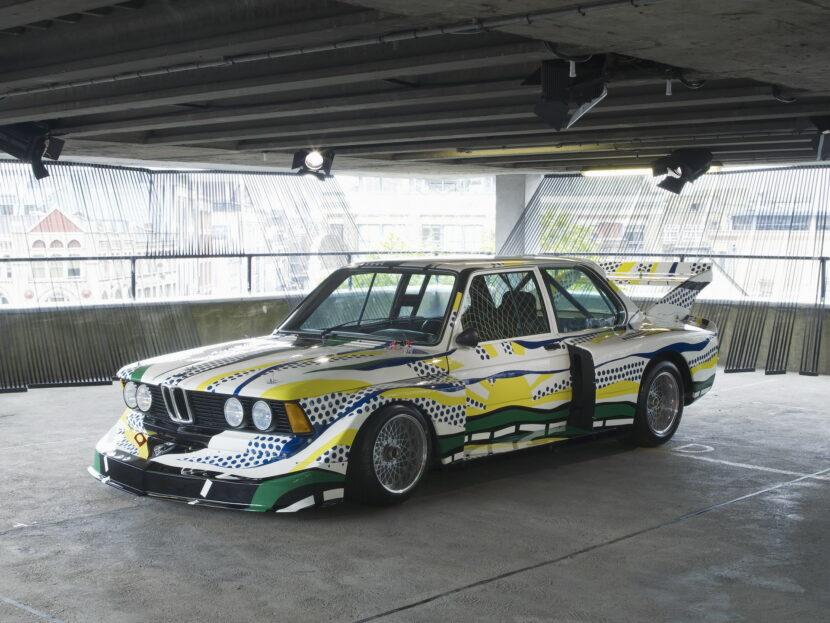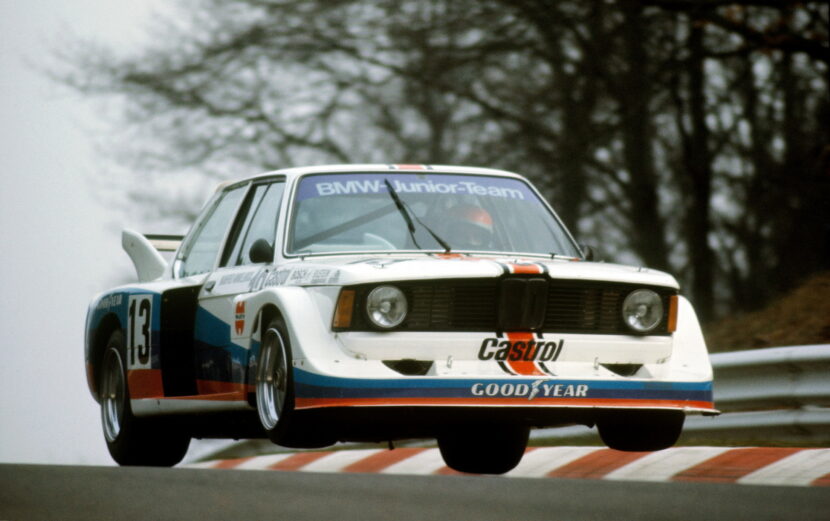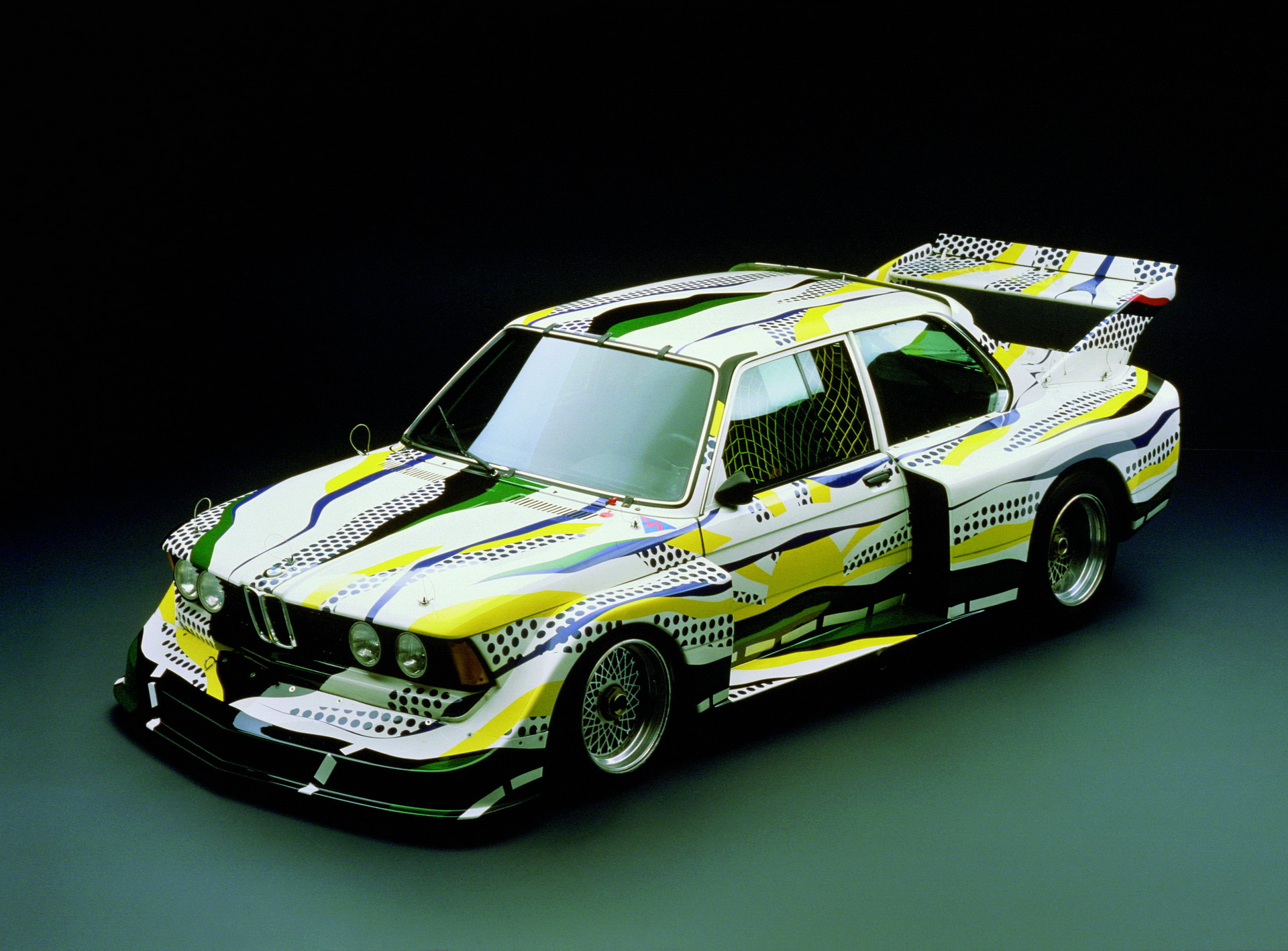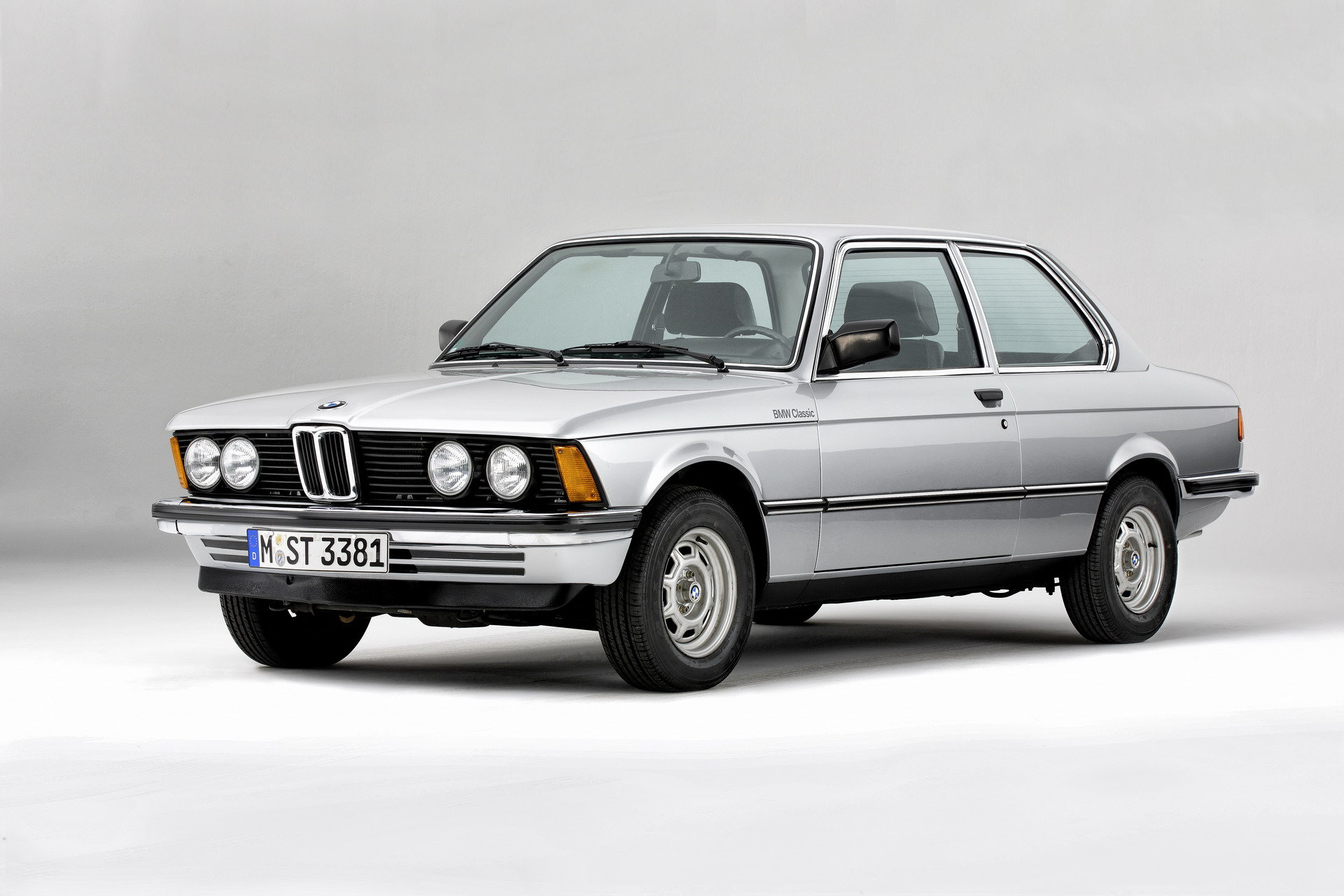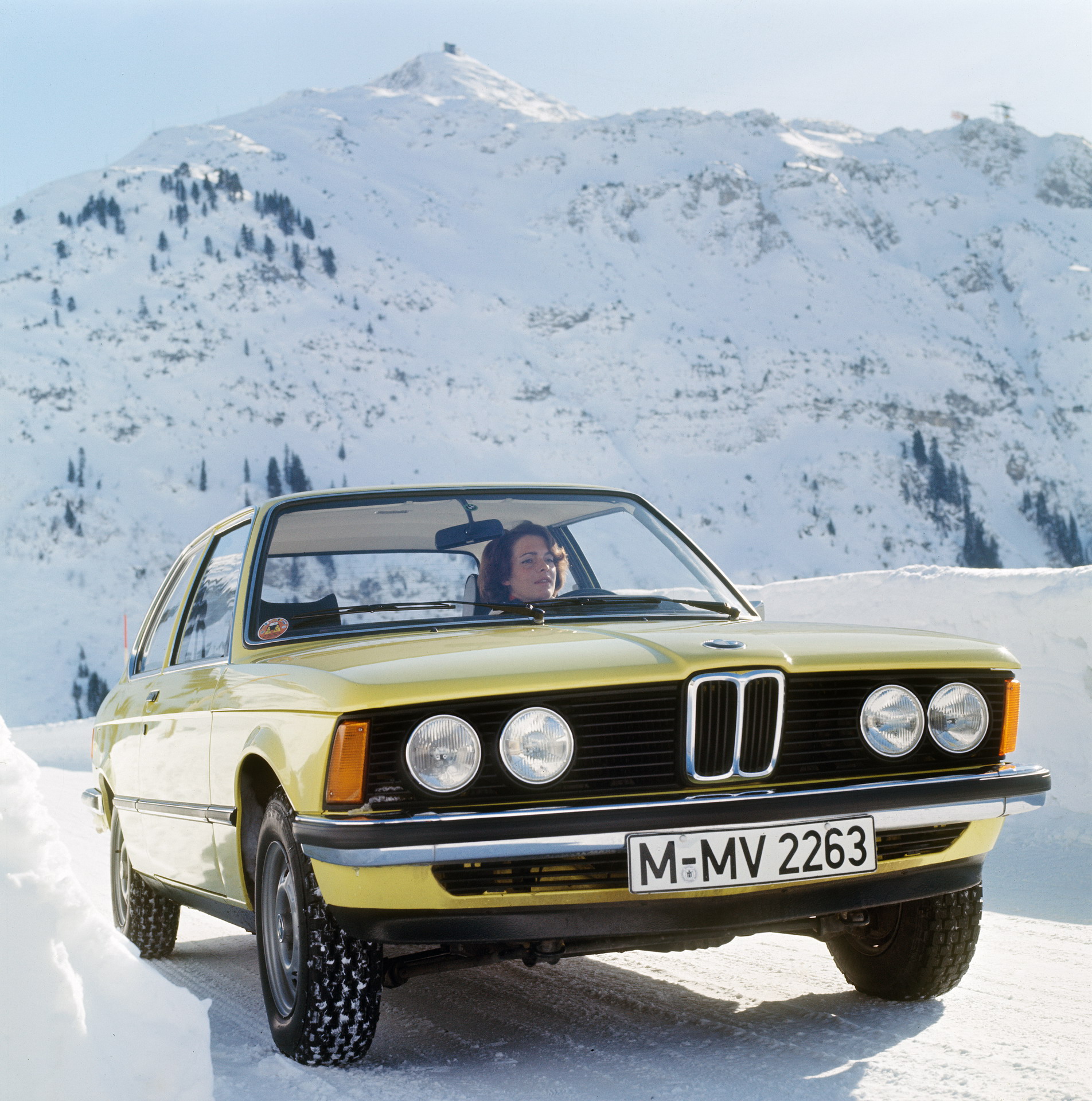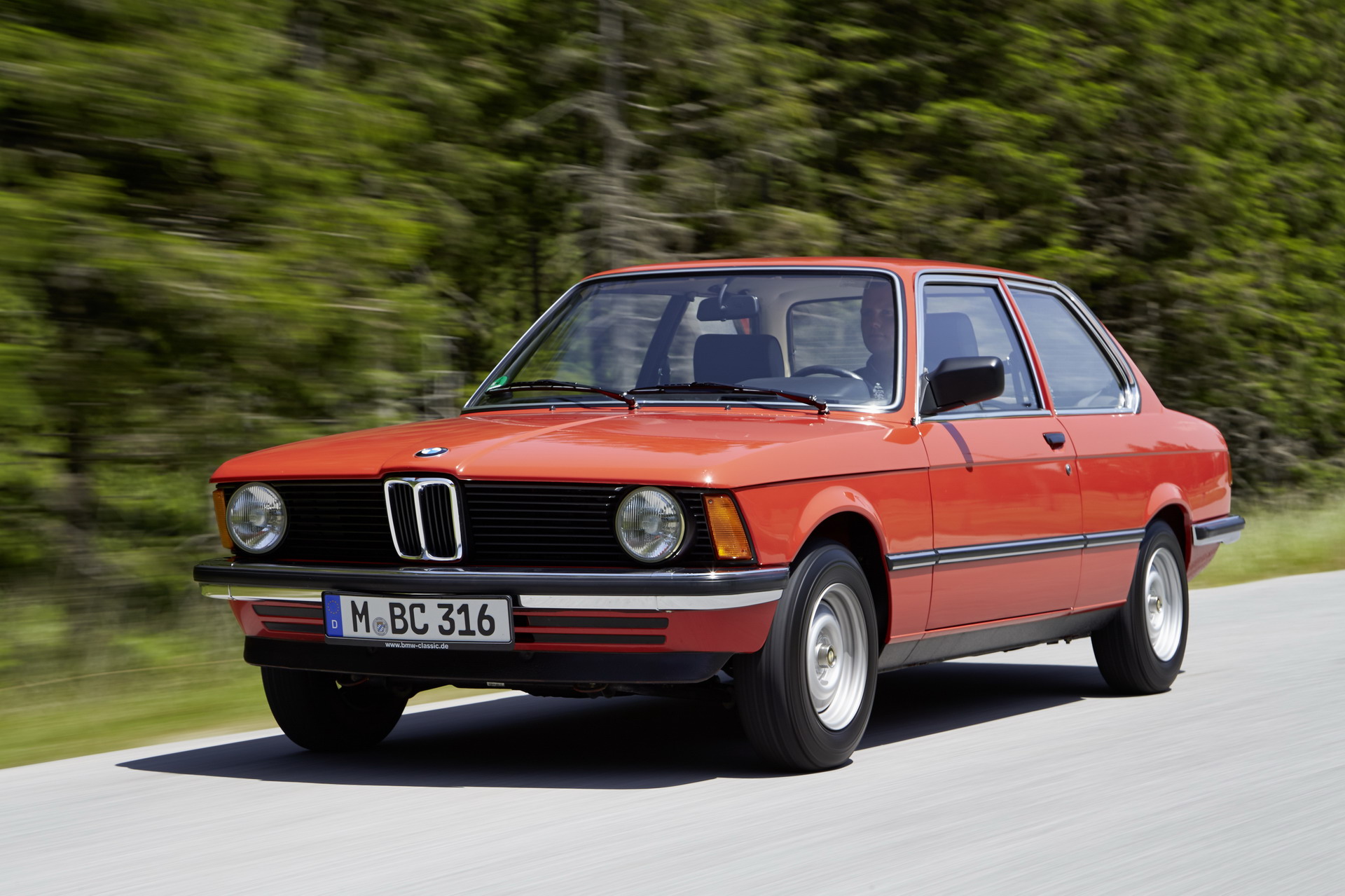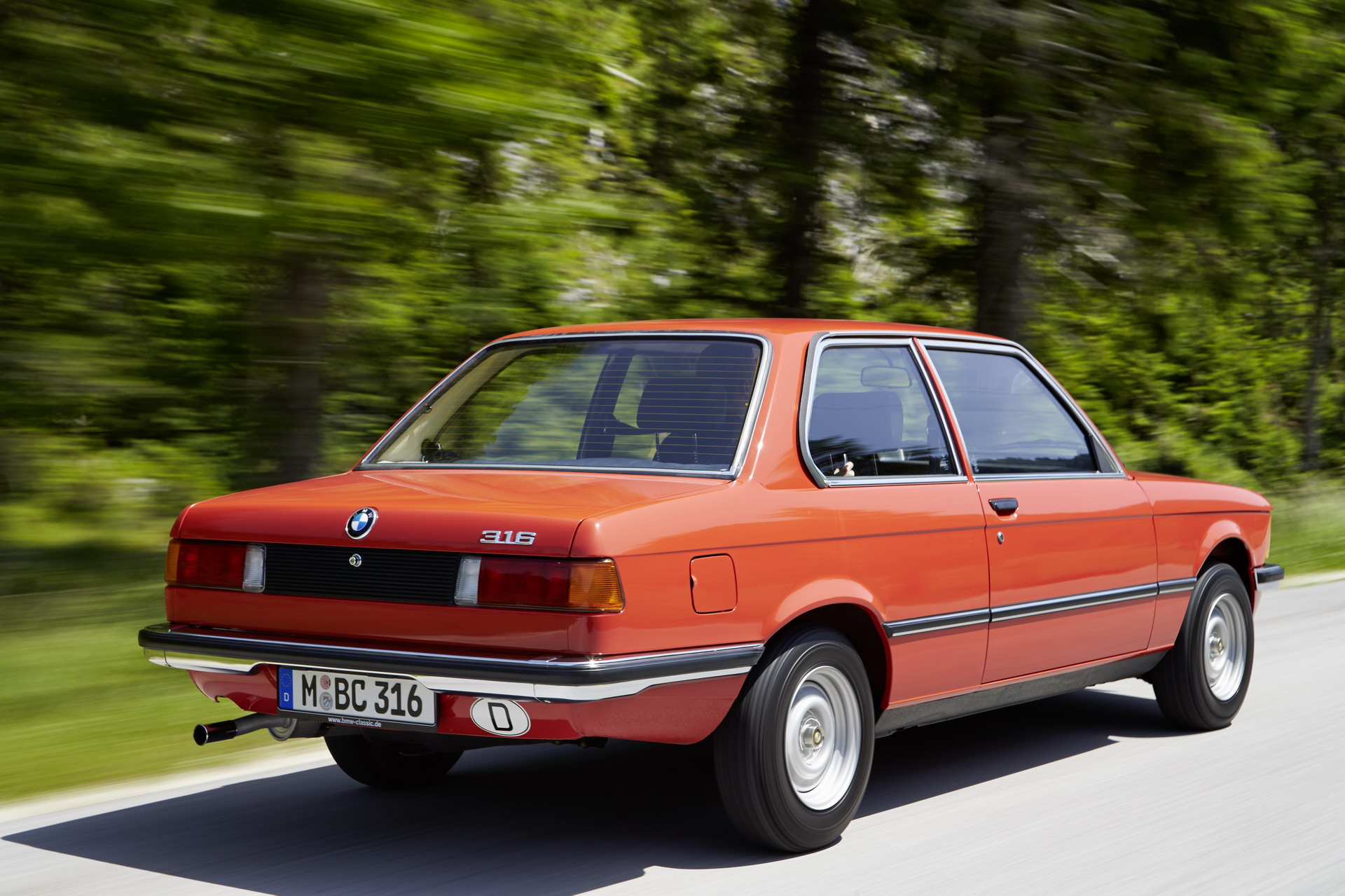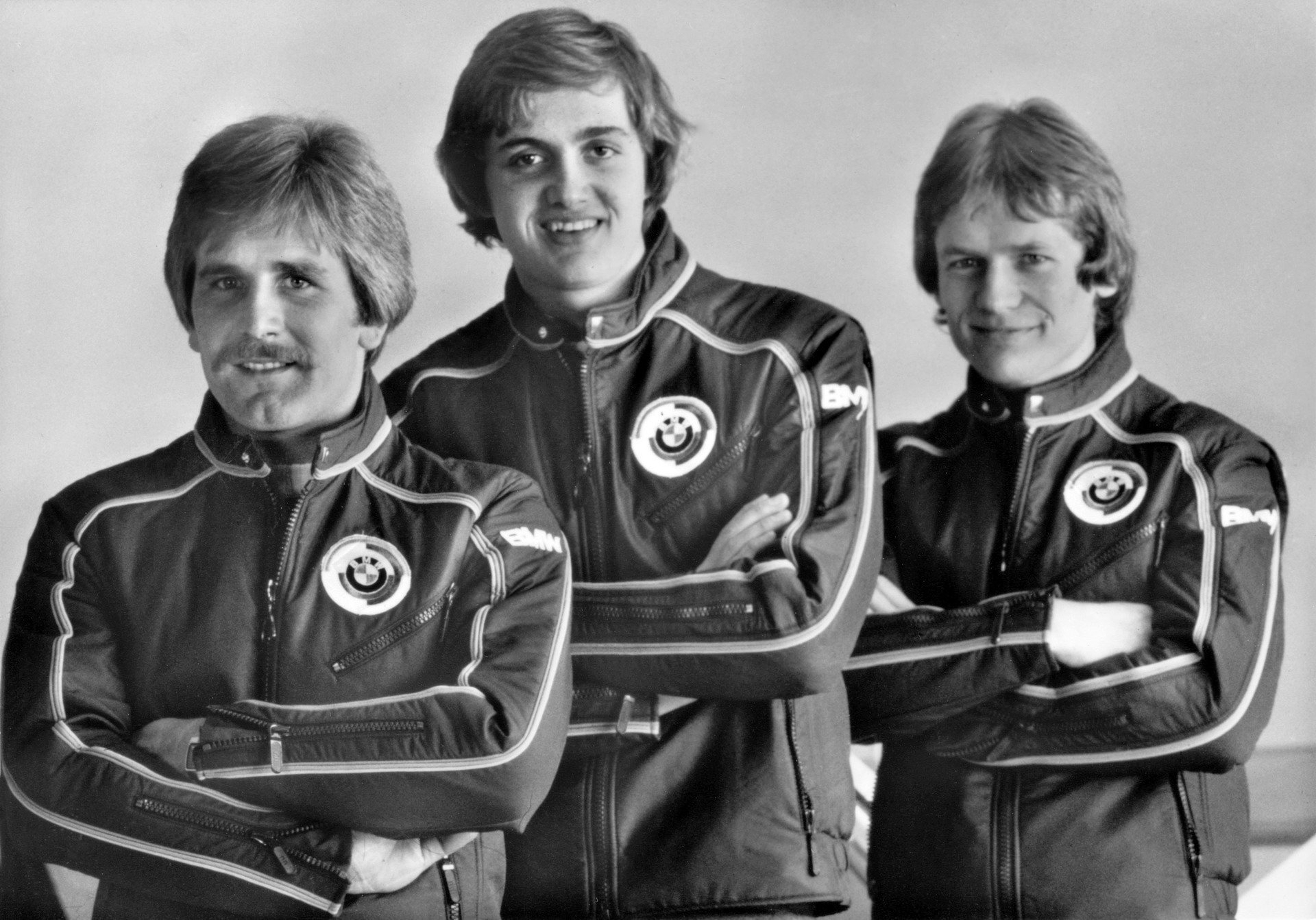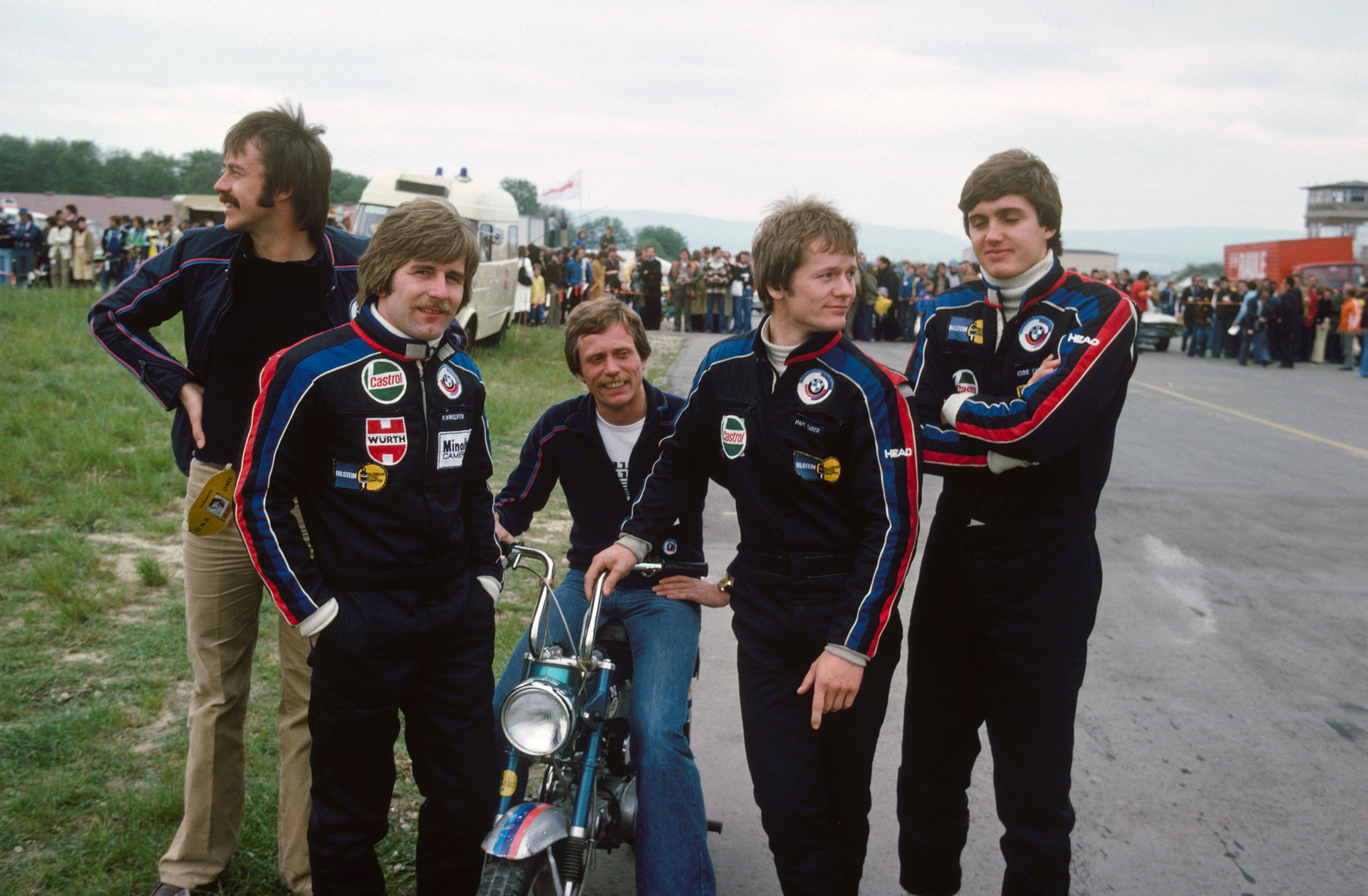The 3 Series is, more or less, undisputedly the most important sales drivers for BMW and one of the most appreciated models by the fan community. 45 years ago, in July 1975, the E21 – the very first 3 Series generation in history – was celebrating the official world premiere.
The unveiling event was held on the famous Olympiahalle in Munich, very close to the iconic BMW headquarters in the Bavarian capital city. To have come such a long way is undeniably a great achievements for the 3 Series, which spawned no less than 7 generation during this 45-year period.
The E21 – The Pioneer
The pioneer of the 3 Series family, namely the E21, was a forerunner in many aspects, both technically and aesthetically, establishing the signature BMW identity. The E21 was penned by the famous designer Paul Bracq, who has previously worked as chief designer at Mercedes-Benz and later on moved to Peugeot as well.
After the successful BMW 02 model series of the New Class, the new E21 further established and consolidated the concept of the sporty, 2-door sedan. The E21 was an entirely new car and bigger in size compared to the preceding 2002 model, although the difference meant an increase of just a few centimeters.
The longer wheelbase and wider wheel axles made the E21 3 Series look a titan next to the more compact BMW 02 models. Furthermore, the underpinning chassis and the efficient engines powering the first 3 Series generation showed a new and clear direction, with direct emphasis and sportiness and dynamism.
Speaking of its exterior design, the E21 sported the striking shark nose, with thin, connected kidney grilles. The silhouette was clean and featured straight character lines that amplified the visual effect of the car. The impressive Hofmeister kink was now better individualized on the E21, whereas the rear lights put an emphasis on simplicity and efficiency.
While the entry-level and lower engine versions of the E21 were equipped with single-piece headlights, the range-topping 320i and 323i variants displayed the iconic dual-headlight signature front fascia.
The E21 has also brought another popular innovation that lives on today as well: the driver-oriented center console, with clearly positioned controls which enabled an intuitive and rapid operation.
Plenty Of Power Options
In terms of engines, the E21 came with 4-cylinder and 6-cylinder petrol-fed powerplants. At the market launch in 1975, four different output versions were available for customers: the 316 with 1,573 cc displacement, the 318 with 1,766 cc displacement and 320 with 1,990 cc displacement and the range-topping 320i with the same displacement.
Whilst the first three variants used a carbureted engine, the 320i (as its name tells) was distinguished by the direct injection 4-cylinder unit that developed 92 kW / 125 PS (123 hp). Shortly after the world premiere, speaking of the 320i, Eberhard von Kuenheim, chairman of BMW Board of Management, concluded: “From our point of view this car is a worthy modern successor to the famous BMW 2002 tii.”.
Beginning with 1977, the 320 was equipped with the M20 2.0-liter straight-six engine which featured multi-point direct injection and peak output of 122 PS. BMW also added the new 323i high-end version, which was also powered by a 2.3-liter I6 unit with 143 PS (141 hp). The modified 2,300 cc M20 powerplant was also equipped with an electronic engine management module and transistor ignition.
Successful in Motorsport Racing
Several technical solutions made the E21 3 Series a benchmark in its class with respect to chassis dynamism and sports capabilities. The independent front axle suspension featured transverse control rods with MacPherson anti-roll bars, while the rear suspension was semi-independent and came with transverse rods. This enables sharp and precise handling in any situation.
Since 1977, the E21 has also shined in motorsport competitions as well, with the BMW 320 race-prepared model claiming the winning laurels in various races held in Group 5 as part of the BMW Junior Team. The most impressive drivers to have competed in the Group 5 BMW 320 were Manfred Winkelhock (from Germany), Marc Surer (from Switzerland) and Eddie Cheever (from the USA).
A specially-developed BMW 320 Group 5 also took part in the legendary Le Mans 24-hour race, finishing 9th overall and heading the final ranking board of its class. The race-prepared E21 was also subject of Roy Lichtenstein, which used it to create the third BMW Art Car in history.
In 1981, BMW launched the 315 as the new entry-level choice of the E21 lineup. It was powered by 1.6-liter engine that developed a maximum output of 55 kW / 75 PS (74 hp). Apart from the two-door sedan body, BMW also cooperated with car body specialist Baur from Stuttgart to create the roofless Top Cabriolet version for the E21.
One Of Best Selling BMW 3 Series
Up to 1983, when production of the first 3 Series ceased, 1,364,039 units of the E21 have been sold worldwide, which pretty much speaks for the success of the iconic model generation. Out of the 1 million examples, 4,595 were the Top Cabriolet version.
To conclude, the E21 was essentially one of the best cars ever made in the automotive industry. The results of a survey led by BMW among clients stands as proof: 80% of 3 Series drivers found nothing that could have been done better to further improve their car.
This finding essentially makes the E21 3 Series an epitome for both BMW and the entire automotive industry.



